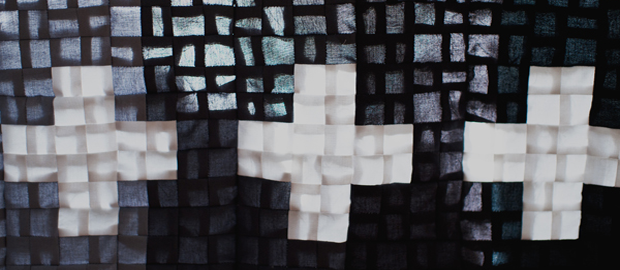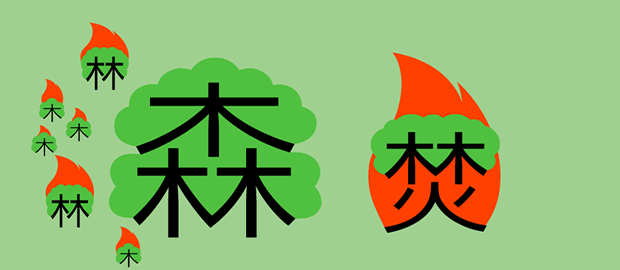The featured photo shows details from the back of the quilt as light passes through, if I was a baby then I would surely love to hide myself under this great looking Quilt Blanket. This is Celine Kim's Baby Quilt Blanket and this is Pia Wallen's Cross Blanket They look both pretty nice. Now if only I was a baby!
Celine Kim managed to sew this Baby Quilt Blanket after being inspired by Pia Wallen Cross Blanket and this ombre sweater from Erica Smith's Pinterest page.






